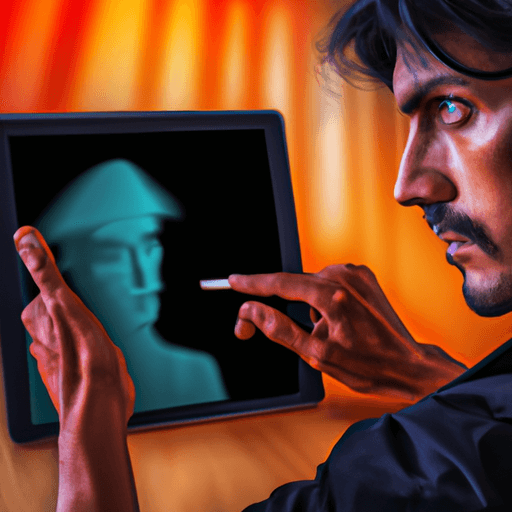The Influence and Impact of Digital Media on Traditional Art Forms: An In-Depth Analysis
The rise of digital technology has undeniably affected every sphere of human activity, including the realm of art. This article explores how digital media has transformed traditional art forms, the challenges it presents, and the potential future of art in this digital era. We will focus on not only the changes in the creation and appreciation of art, but also on its display and commercial aspects.
The Evolution of Traditional Art in the Advent of Digital Media
From oil paintings and sculptures, traditional art has evolved to include digital illustrations, 3D printed masterpieces, and even virtual reality experiences. One of the most notable examples is the emergence of digital painting. Artists like David Hockney have adopted iPads as their canvas, which offers unprecedented flexibility in terms of creating, editing, and sharing art.
Digital Transformation of Traditional Art Forms
Digital media has influenced not just the creation but also the appreciation of art. The success of online platforms like Instagram and DeviantArt signifies a shift in how people view and engage with art. These platforms allow for instant access to numerous works worldwide, thereby increasing exposure for artists and bringing art closer to audiences, breaking geographical and accessibility barriers.
Challenges for Traditional Art in the Digital Age
Transitioning into the digital sphere is not without its challenges. There's a general sense of skepticism around digital art’s authenticity compared to traditional physical artworks. These digital platforms create high competition among artists, and making oneself stand out is becoming increasingly difficult. Additionally, online art often becomes the victim of plagiarism and illegal reproduction. Therefore, protecting intellectual property in the virtual world forms an important challenge too.
The Commercial Aspect: Selling Art in the Digital Era
Digital media has drastically altered the way art is sold and bought, moving it from physical galleries and auction houses to online marketplaces and even social media. NFT (Non-Fungible Token) art is an innovative example of this. NFTs use blockchain technology to verify and preserve the ownership and uniqueness of digital artworks. Recently, digital artist Beeple sold his artwork as an NFT for a staggering $69 million.
The Future of Traditional Art in the Digital Age
While the advent of digital media introduces unprecedented opportunities for artists and the art industry as a whole, it doesn't spell doom for traditional art forms. Instead, it compels artists and institutions to adapt and make use of these technologies to their advantage. Hybrid art forms that combine traditional techniques with digital elements may become commonplace.
It is plausible that in the future, blockchain for authenticity verification, VR for virtual art exhibitions, and 3D printing for producing physical versions of digital art could become the norm. However, it's essential to address the challenges and strive to maintain the balance between tradition and innovation. It's not about digital replacing traditional; it's about them co-existing and enriching the world of art together.
Conclusion
Digital media has indisputably made a profound impact on traditional art forms, changing the way they’re created, viewed, appreciated, and hawked. Despite the challenges, this transformation opens the door for endless possibilities, pushing the boundaries of art and offering opportunities to invent new art forms. As we move forward, the amalgamation of traditional and digital art will arguably create an invigorating and more accessible art panorama.
















Comments
Leave a Comment